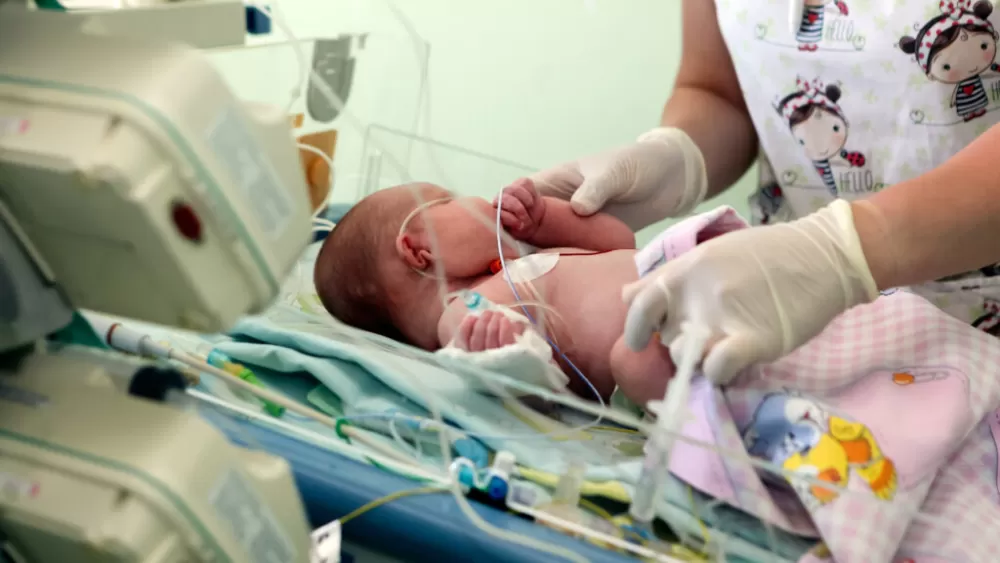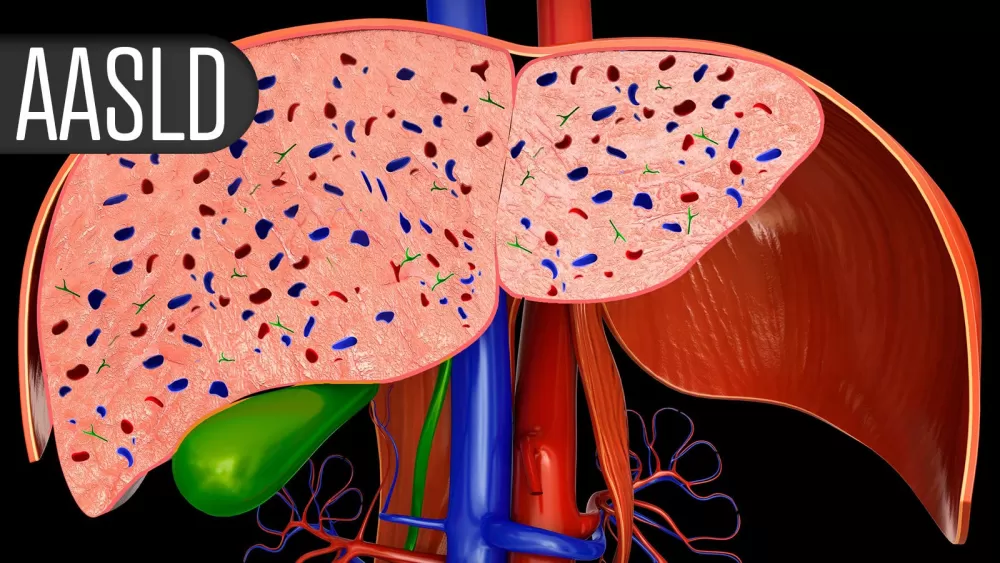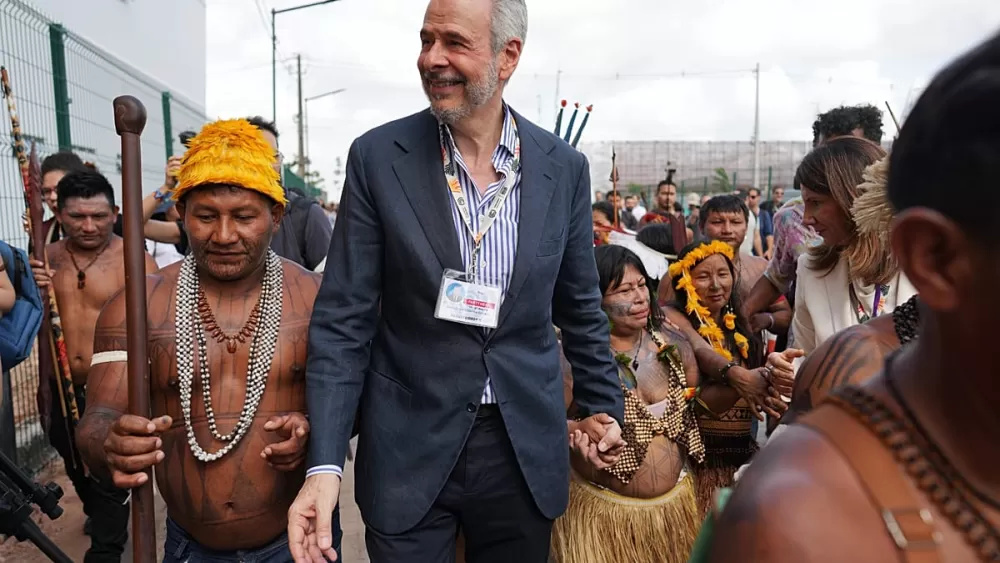The Troubling Contradiction: When Intersex Care Collides with Transgender Bans
Share- Nishadil
- November 15, 2025
- 0 Comments
- 4 minutes read
- 19 Views

The Intersecting Ironies of Youth Medical Care: When Bans & Exemptions Collide
States banning gender-affirming care for trans youth are creating a complex legal and ethical paradox, as many simultaneously allow or even mandate similar interventions for intersex children. This situation highlights a profound inconsistency in how society approaches bodily autonomy and medical decisions for young people.
Imagine, if you will, a paradox — a legal and ethical knot so tightly woven it begs unraveling. That's precisely what's unfolding across the United States, where a growing number of states are moving, quite aggressively in fact, to restrict gender-affirming care for transgender adolescents. And yet, here's the rub: many of these very same legislative bodies, sometimes even with a specific carve-out, permit or even encourage strikingly similar medical interventions for intersex children, often at ages when they are far too young to consent. It's a curious situation, honestly, and one that highlights a deep, often uncomfortable, inconsistency in our approach to bodily autonomy and medical decisions concerning young people.
You see, for decades, intersex individuals — those born with sex characteristics, including genitals, gonads, or chromosome patterns, that don't fit typical binary definitions — have often undergone what doctors once termed 'normalizing' surgeries. These procedures, sometimes performed on infants or toddlers, aimed to assign a definitive male or female identity, even when it meant irreversible alterations. The intention, one could argue, was to alleviate potential social stigma or medical complications. But, and this is a big 'but,' such interventions frequently occurred without the child's informed consent, often leading to profound psychological distress, loss of sexual function, and regret later in life.
Now, fast forward to today, and we're seeing an increasingly vocal chorus of intersex advocates, and indeed many medical professionals, who insist on a different path. They champion delayed, shared decision-making, allowing individuals to grow, understand their own bodies, and participate meaningfully in choices about their medical care. This shift, for once, emphasizes patient autonomy above all else, aligning with a broader movement for human rights.
But then comes the confounding part. These very principles of bodily autonomy and patient-centered care, so hard-won for the intersex community, seem to vanish when the conversation turns to transgender youth. Lawmakers, driven by various concerns, are passing bans that essentially deny medical professionals the ability to offer puberty blockers or hormone therapy to trans adolescents. The rationale? Often it's framed as protecting children from irreversible decisions. Yet, the irony is stark, almost painful: these bans often explicitly exempt intersex care, which, to be frank, can involve interventions every bit as significant and irreversible as those being denied to trans kids.
This isn't merely a legal loophole; it's a fundamental clash of values, a philosophical battle playing out in clinics and courtrooms. One might ask, if a child cannot consent to puberty blockers for gender affirmation, how can an infant or toddler consent to a gonadectomy or clitoral reduction, procedures with lifelong implications? The argument often boils down to a murky distinction between 'lifesaving' or 'medically necessary' intersex procedures and 'elective' or 'cosmetic' gender-affirming care. But honest physicians will tell you, the line isn't always so clear. In truth, many intersex interventions are not immediately life-saving, and gender-affirming care is demonstrably vital for the mental health and well-being of many trans youth.
And so, we're left with a deeply uncomfortable double standard. On one hand, a historical practice of intervening early and often on intersex bodies without consent, now slowly being challenged by a push for autonomy. On the other, a sudden legislative zeal to restrict similar autonomous medical decisions for transgender youth. It forces us to confront difficult questions about who gets to decide what's best for a child's body, when those decisions should be made, and, perhaps most crucially, why our society sometimes grants more freedom in one context than in another, even when the medical realities bear striking resemblances. The path forward, it seems, demands a consistent and humane approach to all young people's health and bodily integrity.
Disclaimer: This article was generated in part using artificial intelligence and may contain errors or omissions. The content is provided for informational purposes only and does not constitute professional advice. We makes no representations or warranties regarding its accuracy, completeness, or reliability. Readers are advised to verify the information independently before relying on







